module dff(data, clk, reset, q
);
input data, clk, reset ;
output q;
reg q;
always @ ( posedge clk)
if (~reset) begin
q <= 1'b0;
end
else begin
q <= data;
end
endmodule
module registar_IME(input clk, reset, [7:0] in, output [7:0] q);
dff dff_1(.data(in[7]), .clk(clk), .reset(reset), .q(q[7]));
dff dff_2(.data(in[6]), .clk(clk), .reset(reset), .q(q[6]));
dff dff_3(.data(in[5]), .clk(clk), .reset(reset), .q(q[5]));
dff dff_4(.data(in[4]), .clk(clk), .reset(reset), .q(q[4]));
dff dff_5(.data(in[3]), .clk(clk), .reset(reset), .q(q[3]));
dff dff_6(.data(in[2]), .clk(clk), .reset(reset), .q(q[2]));
dff dff_7(.data(in[1]), .clk(clk), .reset(reset), .q(q[1]));
dff dff_8(.data(in[0]), .clk(clk), .reset(reset), .q(q[0]));
endmodule
module registar_PREZIME(input clk, reset, [7:0] in, output [7:0] q);
dff dff_1(.data(in[7]), .clk(clk), .reset(reset), .q(q[7]));
dff dff_2(.data(in[6]), .clk(clk), .reset(reset), .q(q[6]));
dff dff_3(.data(in[5]), .clk(clk), .reset(reset), .q(q[5]));
dff dff_4(.data(in[4]), .clk(clk), .reset(reset), .q(q[4]));
dff dff_5(.data(in[3]), .clk(clk), .reset(reset), .q(q[3]));
dff dff_6(.data(in[2]), .clk(clk), .reset(reset), .q(q[2]));
dff dff_7(.data(in[1]), .clk(clk), .reset(reset), .q(q[1]));
dff dff_8(.data(in[0]), .clk(clk), .reset(reset), .q(q[0]));
endmodule
module DRUGI_ZADATAK(input clk, reset, [7:0] in, output [7:0] q
);
registar_IME r_IME(.clk(clk), .reset(reset),
.in(KOPIRAJ_SVOJE_IZ_KOMENTARA), .q(prvi));//OBRISI KAD KOPIRAS poki
1'b1011010 vlada 1'b110111 sveta 1'b1000110
registar_PREZIME r_PREZIME(.clk(clk), .reset(reset), .in(1'b101101),
.q(drugi));
endmodule
